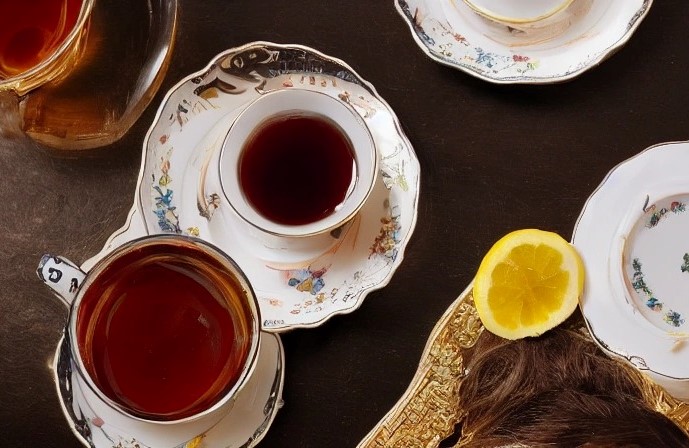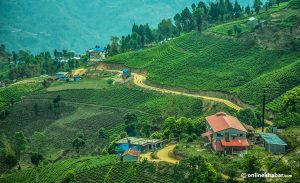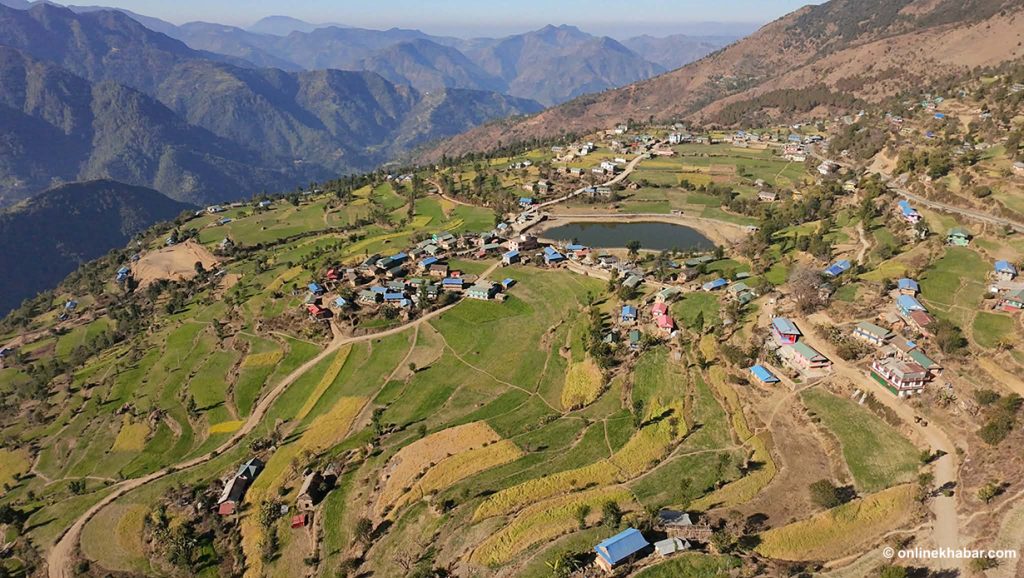
Do you start your morning with a cup of tea? Do you like your tea with milk and sugar or do you choose a healthier route and have a cup of green tea or oolong tea? If you are the latter, you might be having tea from Nepal. Nepali tea is one of the lesser-known gems of Nepal that grow in the foothills of the Himalayas.
Nepal’s tea plantations produce some of the world’s finest teas, characterised by their unique flavours and aromas. Because of that, the tea industry in Nepal has been growing steadily over the years, with the country’s tea exports increasing year on year. Yet, it is struggling to get recognition.
Quality is not the problem

There are two types of tea that Nepal exports–orthodox tea (also called leafy tea) which is consumed without sugar or milk and CTC tea, which is popular among Nepalis and is consumed with milk and sugar.
Orthodox tea here includes (non-fermented) green or black tea and other speciality tea that includes white, silver and golden tea. These orthodox tea types are produced in low quantities; although they are healthy, they are consumed less by people.
(Orthodox) tea is among the second highest agro-based exports of Nepal, after cardamom. Out of the total tea export of Nepal, 90 per cent get the market in India. But Deepak Khanal, the director and spokesperson of the National Tea and Coffee Development Board, complains, “Nepali tea does not get the right pricing there. India buys tea from Nepal at Rs 650 per kg whereas the same batch of tea would get Rs 3,500 per kg in China and Rs 900 in many European countries.”
Nepal has always claimed that its tea is the best, but India has maligned the claims many times. Khanal explains, “On the eastern border, India has been intercepting Nepali tea consignments that we export to India and other countries via India. They claim the tea is sub-standard and needs to be tested further.”
He explains further, “What they do is that they take the consignment to the Central Food Lab in Calcutta of India. They even charge us for the tests and the detention and, only after paying, they permit us and let go of our tea.”
Meanwhile, Khanal claims India then packages and brands the tea as Darjeeling tea to fetch as much as Rs 3,500 per kg. “So by targeting the Chinese market, we can also get double the price for the same volume.”
“Research by a Chinese team in 2021 on the golden tips tea from Nepal concluded that the tea was on par with their own best tea variant and it got up to Rs 19,000 per kg in the Chinese market.”
Recent reforms

Khanal says Nepal lacks branding and standard, which is why the local producers have been subjected to rampant pricing from India or other buyers. On the other hand, Nepal is still importing 10 tonnes of tea with better packaging and processing standard.
Khanal informs, “In the past three years, we have formulated a collective trademark for orthodox tea with a directive and code of conduct for farmers including Good Agriculture Practice, and separate standards for collection centres, carriers, processing, packaging and trade.”
The trademark has been registered in US and India to ease international trade and get better prices. Efforts are going on in the EU countries too, through diplomatic missions, which will open more doors, he adds.
Apart from working on branding, Khanal says that processing technology is one area that Nepal has to work on. “Tea processing is an art, but we are falling behind and the import data is a mirror of that. The local producers are following the GAP module to get better pricing, but they are still unaware of the depth of the issue.”
“Nepal also lacks the geographical indication (GI) status that India has and given the limited resources, Nepal also lacks a lab to maintain the uniformity in its tea,” he says, “Also, each country has its separate certification standards making it more difficult to fulfil all. But we hope to bring the local producers under one roof as much as possible.”
But the pricing for Nepali tea is faltering in the domestic and international markets. To counter the problem, the board is also pushing to get the responsibility to determine the prices for tea products in domestic and international markets.
Promising accolades

Despite all the odds, Nepali tea is popular worldwide of late. Khanal credits many individuals for contributing their efforts to the expansion of the market. Yet, he says, “Though the Nepal government should have played a better role, it is true that the government has not been that effective.”
The board is making amends and trying to form a more pivotal role for a few years now, Khanal claims. “Realising the artificial problem in tea exports, the board took the initiative and talked to the Nepali embassy in Beijing to sign a G2G (government to government) agreement with China to import Nepali tea directly, remove India from the equation and get better prices for the tea.”
Recently, Nepali tea has been awarded in the second edition of the world black tea quality evaluation competition in the Fujian province of China, organised by the China Tea Marketing Association.
“For this edition, we called out the local tea producers and held a blind internal competition to shortlist 16 tea products from individuals and cooperatives. Out of them, 10 Nepali tea producers got one grand gold medal, six (1+5) got gold medals and four got silver medals.”
This was a positive note, adds Khanal, as previously, only individuals sent their samples and a few even won them, but this particular achievement became a stronghold for the G2G agreement too. The way local governments have been active to promote the tea from their areas has also been a positive nod to their initiative, he adds.
The board now plans to extend the tea export to elsewhere including the Gulf countries, taking Nepali tea to Nepalis abroad and getting better prices from individuals who are ready to pay for the quality tea.
Though rainfall-dependent, Nepali team production this year has not been impacted much given the alternative irrigation options that have helped to maintain the production quantity. “Yet, impacts of climate change have been clear in human productivity rather than production itself. People are growing pessimistic about the produces and returns, destroying over 50 acres of land used for tea and diverting to real estate.”
He concludes, “Research is lacking regarding which species of the tea will increase the yield as well as issues of replantation or infilling in the Nepali tea gardens.” This is why the board is also pushing collaboration with Nepal Agricultural Research Council (NARC) and allocated a budget for annual research on tea. “A task force is now active in Phikkal, but we have to wait for the results,” he says.





















